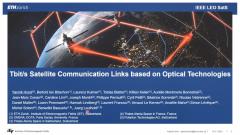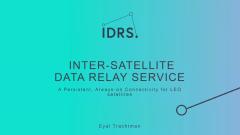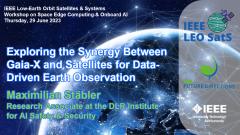Hyperdimensional Biosignal Processing: A Case Study for EMG-based Hand Gesture Recognition - Abbas Rahimi: 2016 International Conference on Rebooting Computing
The mathematical properties of high-dimensional spaces seem remarkably suited for describing behaviors produces by brains. Brain-inspired hyperdimensional computing (HDC) explores the emulation of cognition by computing with hypervectors as an alternative to computing with numbers. Hypervectors are high-dimensional, holographic, and (pseudo)random with independent and identically distributed (i.i.d.) components. These features provide an opportunity for energy-efficient computing applied to cyberbiological and cybernetic systems. We describe the use of HDC in a smart prosthetic application, namely hand gesture recognition from a stream of Electromyography (EMG) signals. Our algorithm encodes a stream of analog EMG signals that are simultaneously generated from four channels to a single hypervector. The proposed encoding effectively captures spatial and temporal relations across and within the channels to represent a gesture. This HDC encoder achieves a high level of classification accuracy (97.8%) with only1/3 the training data required by state-of-the-art SVM on the same task. HDC exhibits fast and accurate learning explicitly allowing online and continuous learning. We further enhance the encoder to adaptively mitigate the effect of gesture-timing uncertainties across different subjects endogenously; further, the encoder inherently maintains the same accuracy when there is up to 30% overlapping between two consecutive gestures in a classification window.
Abbas Rahimi gives a talk on hyperdimensional biosignal processing, at ICRC 2016.
 Cart
Cart Create Account
Create Account Sign In
Sign In





